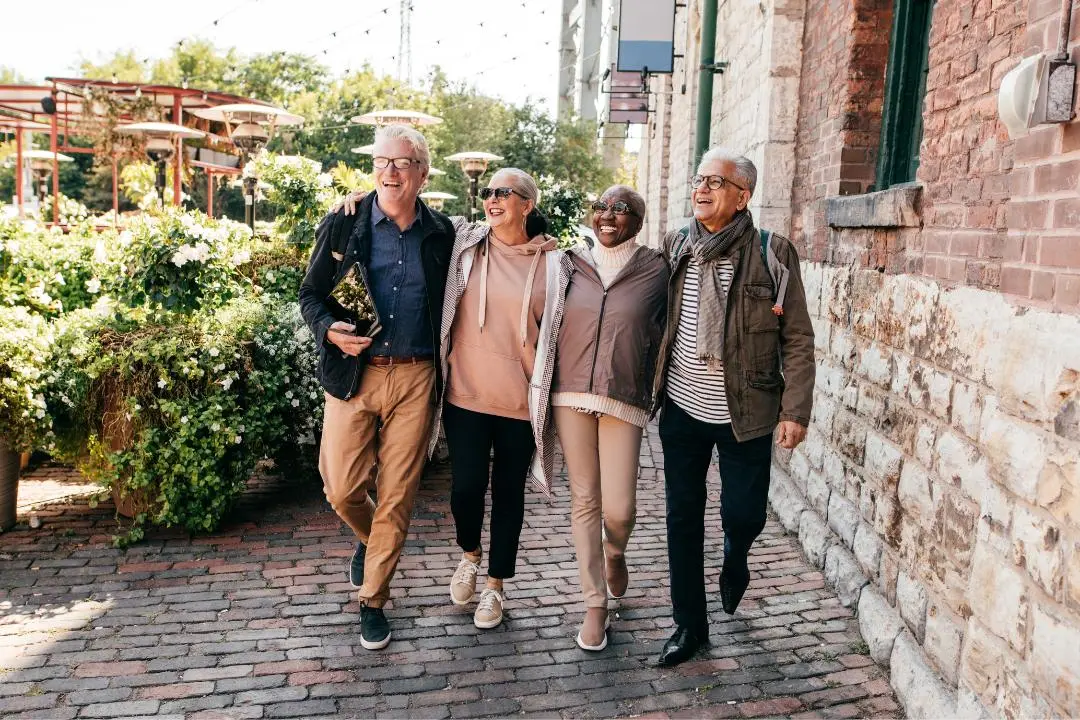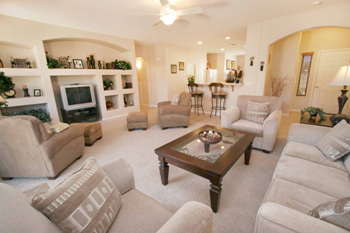Sun City Arizona was the country’s first 55+ community and has since inspired the development of active adult communities coast to coast. While some residents are retirees, many are on the go baby boomers still working a 9-5 job, and seeking the active lifestyle, and amenities many communities provide. With the focus on a healthy, social lifestyle, calling them “senior” living communities might get you a few eye rolls since many resemble a resort getaway, they’re more like a 24/7 vacation.
According to the Housing for Older Persons Act or HOPA, eighty percent of units within an age-restricted community must be occupied by someone 55+ or better. Some communities set their minimum age requirement at 60+ which they are welcome to do so long as they satisfy HOPA regulations. Depending on the community, there is often a limit to how long younger visitors can stay so keeping the grandkids all summer might be an issue.
Age-restricted communities come in all shapes, and sizes from luxurious estate-style homes to high-rise apartments designed to meet the needs, and desires of today’s health-minded active adults. The hardest part about living in these planned communities is choosing your flavor whether it’s a golf lifestyle you’re after, or channeling your artistic talents at the Noho Senior Arts Colony in North Hollywood, California.
What makes a 55+ and better community so appealing? Many prefer to share their active lifestyles with like-minded age peers, who enjoy a quieter atmosphere. When the kids do come to visit, some communities provide special amenities just for them such as a play area, or kid’s pool. Empty nesters and those still active in the workforce often find an active community a great way to transition to a lower maintenance lifestyle and enjoy the convenience of the on-site amenities many offers.
Buying into a 55+ community may include monthly association fees that vary depending on the services, and amenities provided. Typical services include trash collection, landscaping, exterior maintenance, and security if applicable. Communities that feature resort-style amenities especially those surrounding a golf course may have additional fees such as country club memberships. One caveat to community living whether it’s age-restricted or age-targeted, is most are regulated by a homeowner’s association that places restrictions on things like exterior painting, or placement of satellite dishes.
Designers of these communities are savvy about building in areas rich in amenities, and services such as top medical facilities, retailers, and outdoor recreation. Entertainment and dining are usually within minutes of the community, with a location to suit any lifestyle from metropolitan to beachside. Rural mountain living? There’s a piece of paradise there too.




